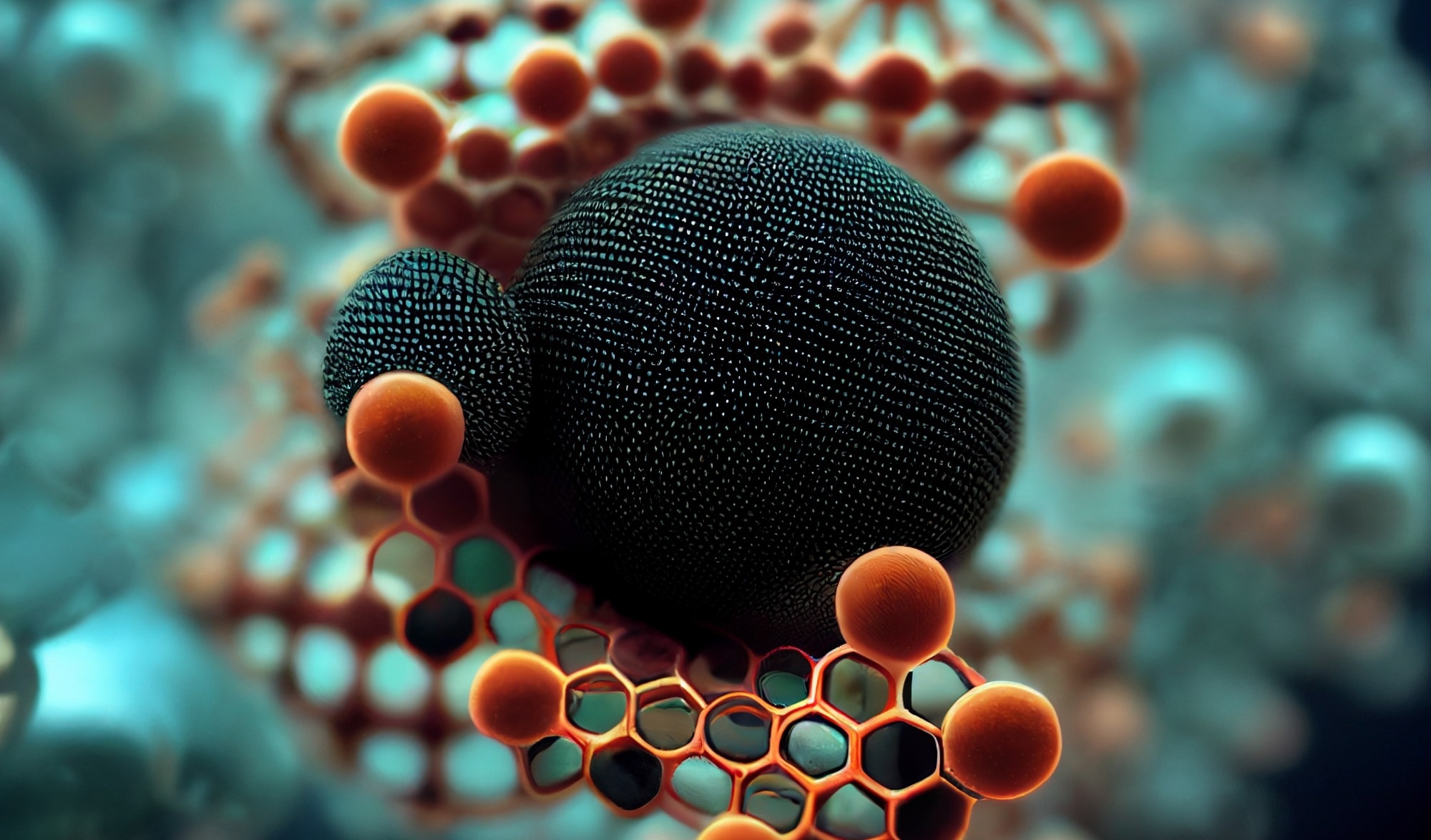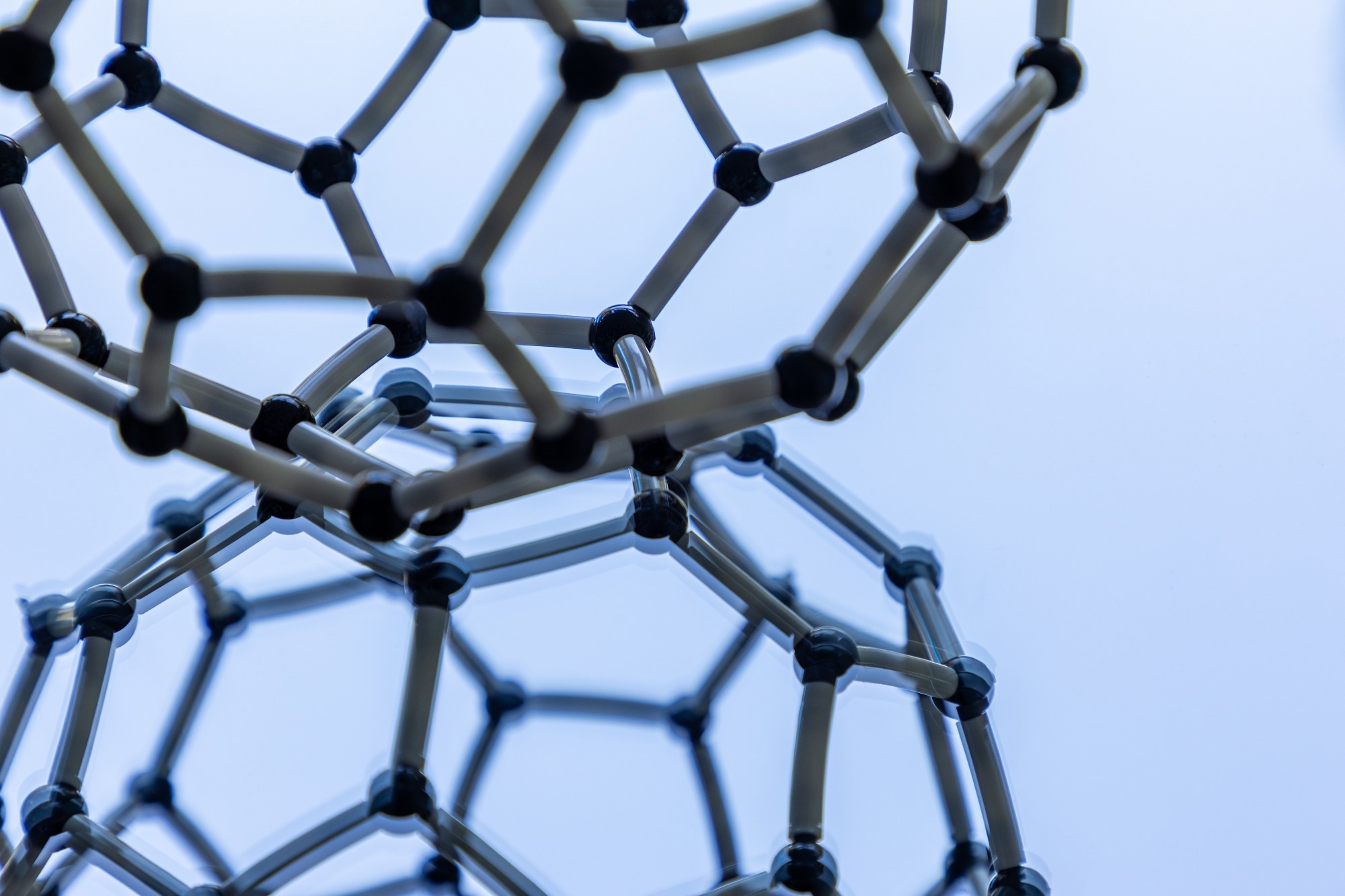From fluorescent sensors to smart therapies, 0D nanomaterials are reshaping science—or they will be if researchers can solve the scale-up and safety puzzles holding them back.
 Image Credit: CI Photos/Shutterstock.com
Image Credit: CI Photos/Shutterstock.com
Nanotechnology has significantly reshaped modern science. Now, researchers can manipulate matter at atomic and molecular scales. Among the many forms of nanomaterials, zero-dimensional nanomaterials stand out for their unique behaviors driven by quantum confinement and surface effects.1
Defined by the confinement of all three spatial dimensions at the nanoscale (one to 100 nanometers), they have optical, electrical, and chemical properties that differ markedly from those of bulk materials or higher-dimensional nanostructures.1
As a result, they've become a focal point in fields ranging from biosensing and energy storage to catalysis and biomedicine.1
This article explores the foundations of 0D nanomaterials, how they differ from 1D, 2D, and 3D systems, the diversity of their structures, and the latest developments in key areas such as fluorescent sensing, next-generation batteries, and targeted therapies.
Defining Zero-Dimensional Nanomaterials
0D nanomaterials are defined by their confinement: in the zeroth dimension, electrons are restricted in all three spatial directions. Common examples include quantum dots and nanoparticles, where this confinement results in discrete energy levels.2
To put it in context, 1D nanomaterials, such as nanowires and nanotubes, restrict electron movement in two directions but allow freedom in one. In contrast, two-dimensional nanomaterials like graphene and nanosheets are confined in one direction but extended in two. Three-dimensional (3D) nanomaterials, including nanocrystalline assemblies and porous structures, are not confined in any direction.2,3
Among these, 0D structures exhibit the most pronounced quantum effects. This leads to tunable optical and electronic properties. Their extremely high surface-to-volume ratio also makes them ideal for catalytic and sensing applications.2
Download the full article to explore how zero-dimensional nanomaterials are enabling breakthroughs in sensing, energy, and biomedicine!
Types of Zero-Dimensional Nanomaterials
0D nanomaterials are structurally diverse. They can be broadly grouped into carbon-based, inorganic/semiconductor-based, metal-based, and polymer-based classes.
Carbon-Based Zero-Dimensional Nanomaterials
Carbon allotropes are among the most researched 0D nanomaterials due to their structural diversity and unique properties.
Fullerenes, such as C60, are spherical molecules composed of sp2-hybridized carbon atoms arranged in pentagonal and hexagonal patterns; their cage-like architecture gives them remarkable electron affinity, making them valuable in fields ranging from photonics to drug delivery.4
Carbon nano-onions (CNOs), composed of concentric fullerene-like shells, are not inherently fluorescent but can be chemically functionalized for biosensing purposes.
Nanodiamonds (NDs), with sizes typically below 100 nm, emit fluorescence through defect centers and offer promising biocompatibility for imaging applications.4
Of them all, carbon dots are particularly renowned for their chemical tunability, intense fluorescence, and low toxicity, establishing them as highly versatile materials for bioimaging, sensing, and other advanced technological applications.4
Inorganic QDs
Semiconductor quantum dots, such as CdSe, ZnS, and PbS, demonstrate size-dependent optical properties due to their discrete energy levels. Their strong photoluminescence and tunable emission spectra have encouraged their application in optoelectronics, solar cells, and biomedical imaging.5
Metal Nanoparticles
Metal nanoparticles, including Gold (Au), silver (Ag), and platinum (Pt), are known for their surface plasmon resonance, a property that enhances their interaction with light. This makes them useful in biosensing, catalysis, and photothermal therapy. Noble metal nanoparticles are especially effective in pathogen detection and cancer diagnostics.6
Magnetic Nanoparticles
Iron oxide (Fe3O4) nanoparticles exhibit superparamagnetism and biocompatibility. These properties make them valuable in medical applications such as magnetic resonance imaging (MRI), targeted drug delivery, and hyperthermia-based cancer treatments.7
Sulfur-Based Nanomaterials
Emerging sulfur-based materials, such as sulfur quantum dots, are gaining attention for their potential in energy storage, antimicrobial activity, and photocatalysis. They are appealing in research due to their low production costs and compatibility with various green synthesis methods (hydrothermal, solvothermal, electrochemical).8
 Image Credit: Photoholgic/Shutterstock.com
Image Credit: Photoholgic/Shutterstock.com
Unique Properties and Applications of Zero-Dimensional Nanomaterials
It's their discrete energy states and size-dependent optical emission that set 0D nanomaterials apart. Their exceptionally high surface area further provides a dense array of active sites, which is highly advantageous for catalytic and sensing applications.9
Fluorescent Sensing and Imaging
Carbon dots and graphene quantum dots have transformed biosensing. Their tunable fluorescence allows for highly sensitive detection of ions, biomolecules, and pathogens.
For instance, Fe-doped GQDs have been shown to detect arsenic in water, though specific mechanisms and validation vary by study. CQDs, meanwhile, are widely used for imaging and diagnostics thanks to their stability and low toxicity.4
Energy Storage and Conversion
Sulfur-based 0D nanomaterials have demonstrated promise in lithium-sulfur (Li-S) batteries, where sulfur quantum dots act as active cathode materials.
Their nanoscale dimensions improve sulfur use and mitigate the polysulfide shuttle effect, enhancing both capacity and cycling stability. This shuttle effect reduces oxidation and reduction cycles in lithium batteries, lowering their performance over time. Overcoming it is a huge acceleration for battery tech.
Additionally, noble metal nanoparticles contribute to electrocatalysis in fuel cells and water-splitting reactions.8
Biomedicine and Therapeutics
Nanodiamonds and carbon dots have found roles in targeted drug delivery, photothermal therapy, and gene transfection. Fluorescent CDs can generate reactive oxygen species to selectively kill cancer cells.10
Gold nanoparticles, by contrast, excel in photothermal therapy due to their plasmonic heating properties, which facilitate efficient light-to-heat conversion.10
Antibacterial and Antifungal Applications
Sulfur nanoparticles have displayed strong antimicrobial and antifungal activity, even against resistant strains. Their modifiable surfaces and cost-effectiveness make them viable for disinfection and agricultural treatment.8
For more on the foundations of nanoparticles, click here.
Challenges and Future Prospects
Despite their promise, the large-scale implementation of zero-dimensional (0D) nanomaterials faces several challenges that need careful fixes.
One of the most pressing issues is scalability and cost, as many current synthesis routes remain restricted to the laboratory and are not yet ready for industrial-scale production.6
Second, toxicity must be carefully managed. While many carbon-based systems exhibit low toxicity, quantum dots that contain heavy metals such as cadmium pose significant health risks.9
Third, stability is a key issue. Ensuring that these materials retain their structural and functional integrity under physiological or environmental conditions is essential for their reliable use in real-world systems.9,10
And there are still gaps in mechanistic understanding, particularly with respect to fluorescence origins, surface interactions, and quantum confinement effects, which must be unraveled to enable the rational design of next-generation sensors, catalysts, and therapeutics.9,10
Conclusion
Looking ahead, future research will increasingly focus on green and sustainable synthesis strategies, the development of multifunctional hybrid nanostructures, and the clinical translation of biomedical uses.
Combining 0D materials with AI-driven diagnostics, wearable biosensors, and clean energy technologies is a promising path forward.
References and Further Studies
- Paras, et al., A Review on Low-Dimensional Nanomaterials: Nanofabrication, Characterization and Applications. Nanomaterials 2023, 13, 160.
- Fang, H.; Zhu, D.; Yang, Q.; Chen, Y.; Zhang, C.; Gao, J.; Gao, Y., Emerging Zero-Dimensional to Four-Dimensional Biomaterials for Bone Regeneration. Journal of Nanobiotechnology 2022, 20, 26.
- Adam, T.; Gopinath, S. C., Zero to Multi-Dimensional Nanohybrid Materials: Synthesis and Characterization. In Hybrid-Nanomaterials: Fabrication, Characterization and Applications, Springer: 2024; pp 73-87.
- Yang, Z.; Xu, T.; Li, H.; She, M.; Chen, J.; Wang, Z.; Zhang, S.; Li, J., Zero-Dimensional Carbon Nanomaterials for Fluorescent Sensing and Imaging. Chemical Reviews 2023, 123, 11047-11136.
- Vishnu, E. K.; Kumar Nair, A. A.; Thomas, K. G., Core-Size-Dependent Trapping and Detrapping Dynamics in Cdse/Cds/Zns Quantum Dots. The Journal of Physical Chemistry C 2021, 125, 25706-25716.
- Demishkevich, E.; Zyubin, A.; Seteikin, A.; Samusev, I.; Park, I.; Hwangbo, C. K.; Choi, E. H.; Lee, G. J., Synthesis Methods and Optical Sensing Applications of Plasmonic Metal Nanoparticles Made from Rhodium, Platinum, Gold, or Silver. Materials 2023, 16, 3342.
- Tiwari, M.; Bangruwa, N.; Mishra, D., 0d, 1d, and 2d Magnetic Nanostructures: Classification and Their Applications in Modern Biosensors. Talanta Open 2023, 8, 100257.
- Jin, H.; Sun, Y.; Sun, Z.; Yang, M.; Gui, R., Zero-Dimensional Sulfur Nanomaterials: Synthesis, Modifications and Applications. Coordination Chemistry Reviews 2021, 438, 213913.
- Sun, H.; Zhu, J., Low-Dimensional Nanomaterials and Their Assembled Structures and Interfaces for Energy Applications. ACS Publications: 2024; Vol. 7, pp 27797-27800.
- Wang, Z.; Hu, T.; Liang, R.; Wei, M., Application of Zero-Dimensional Nanomaterials in Biosensing. Frontiers in chemistry 2020, 8, 320.
Disclaimer: The views expressed here are those of the author expressed in their private capacity and do not necessarily represent the views of AZoM.com Limited T/A AZoNetwork the owner and operator of this website. This disclaimer forms part of the Terms and conditions of use of this website.